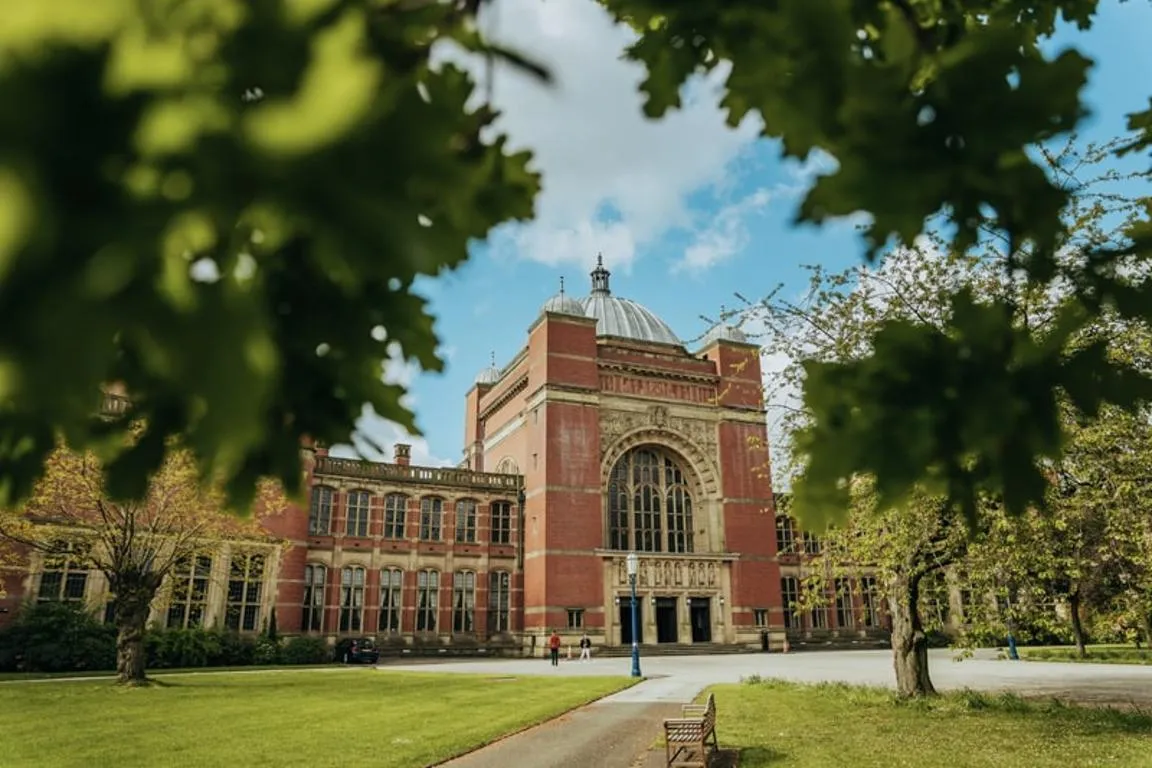Our second and more recent trial took place on a very windy morning at the end of November 2014, at the Eden Project in Cornwall. Flying time was limited, as we had to take advantage of any lulls in the wind (the bowl-like topography of the Eden Project can generate some very interesting turbulence, even in light wind conditions!). We were also limited in the areas over which we could fly, and were under strict instructions to avoid the pens housing Santa's reindeers at all costs! On this occasion, we also flew the new Theta M15, in order to test the spherical video capability in flight. Again, both systems performed well, although this time, the FLIR ONE output suffered from considerable image "blooming", brought about by the effects of wind gusts on the stability of the hexacopter and the frequent exposure of the thermal sensor to large areas of sky. Images from our normal GoPro camera, which is gimbal-stabilised, were, however, fine. The results of this trial suggested that a second attempt should be made during periods of better weather and we are now looking to design a 3D-printed mounting for the FLIR ONE so that it, too, can be attached to an appropriate gimbal mechanism.











